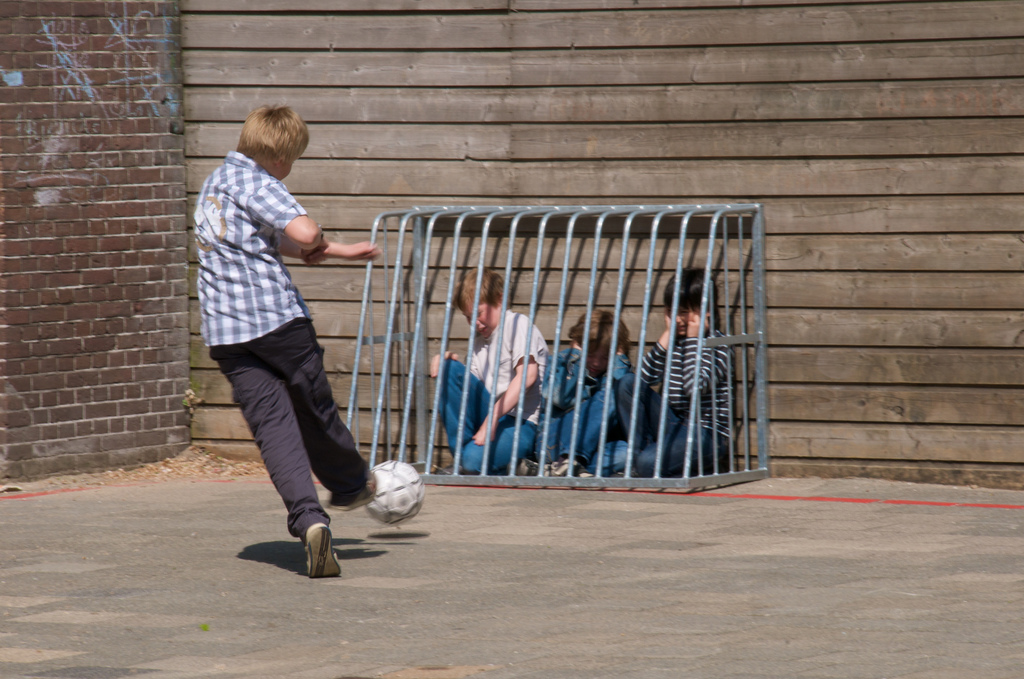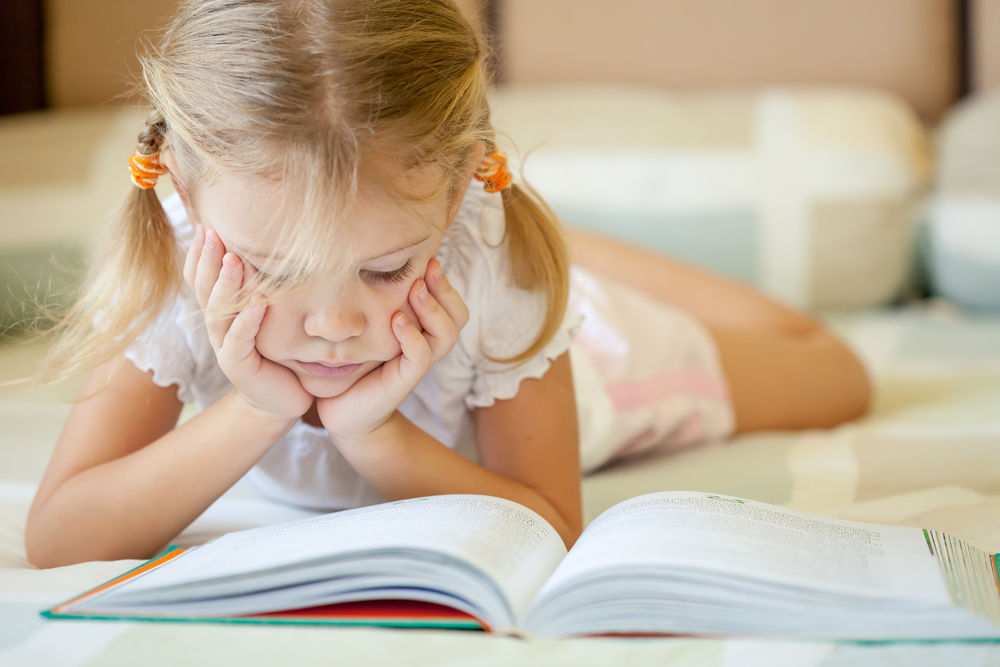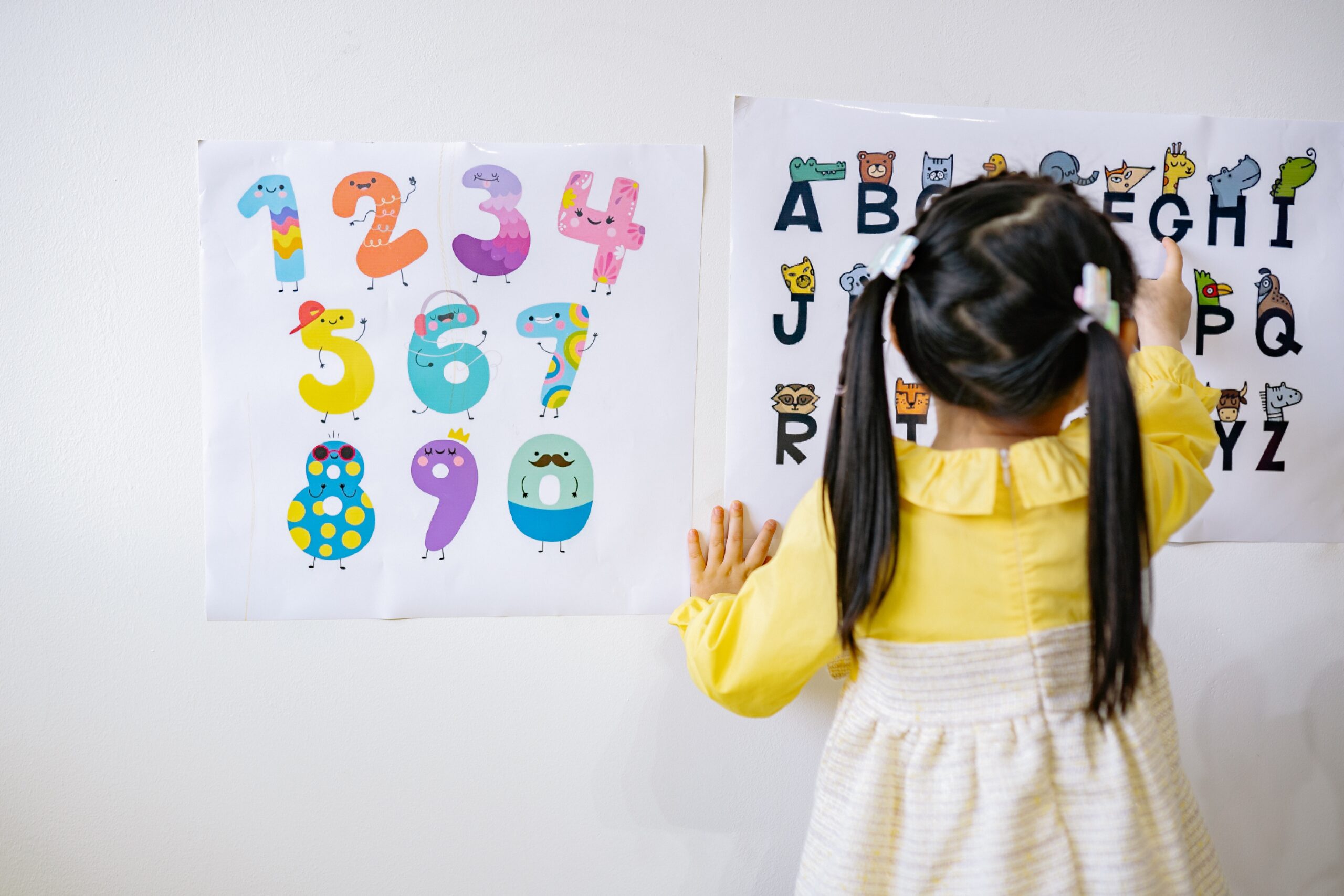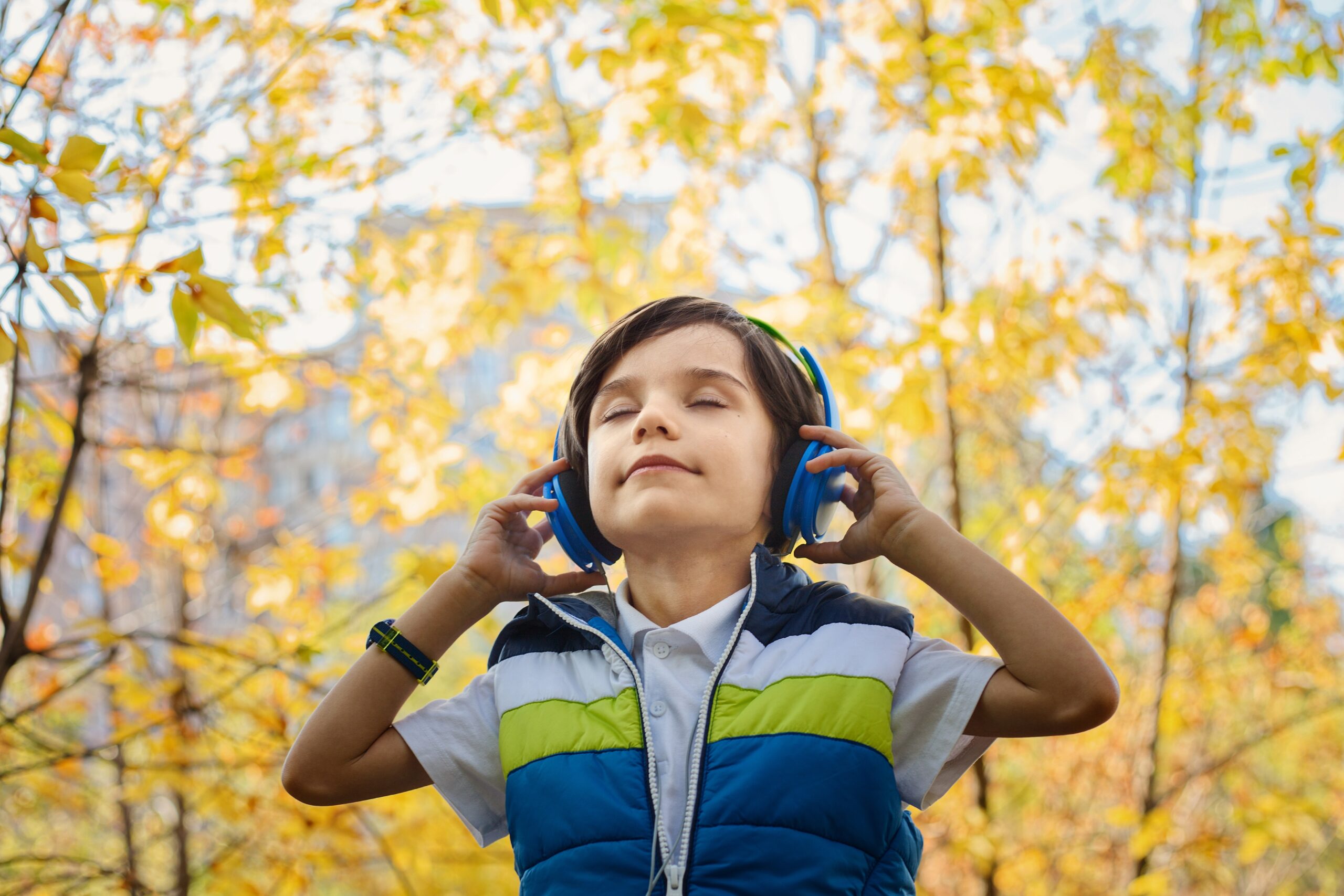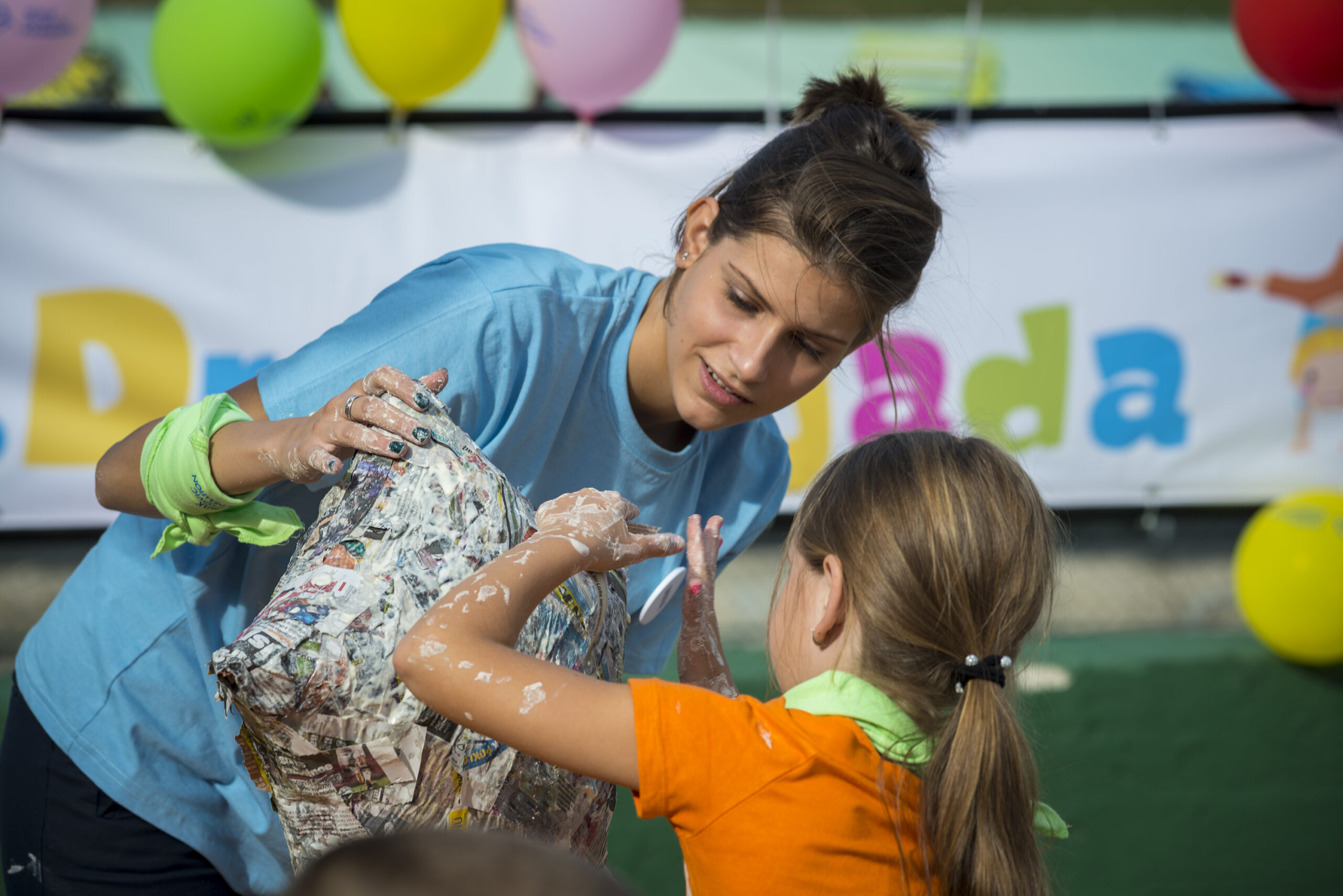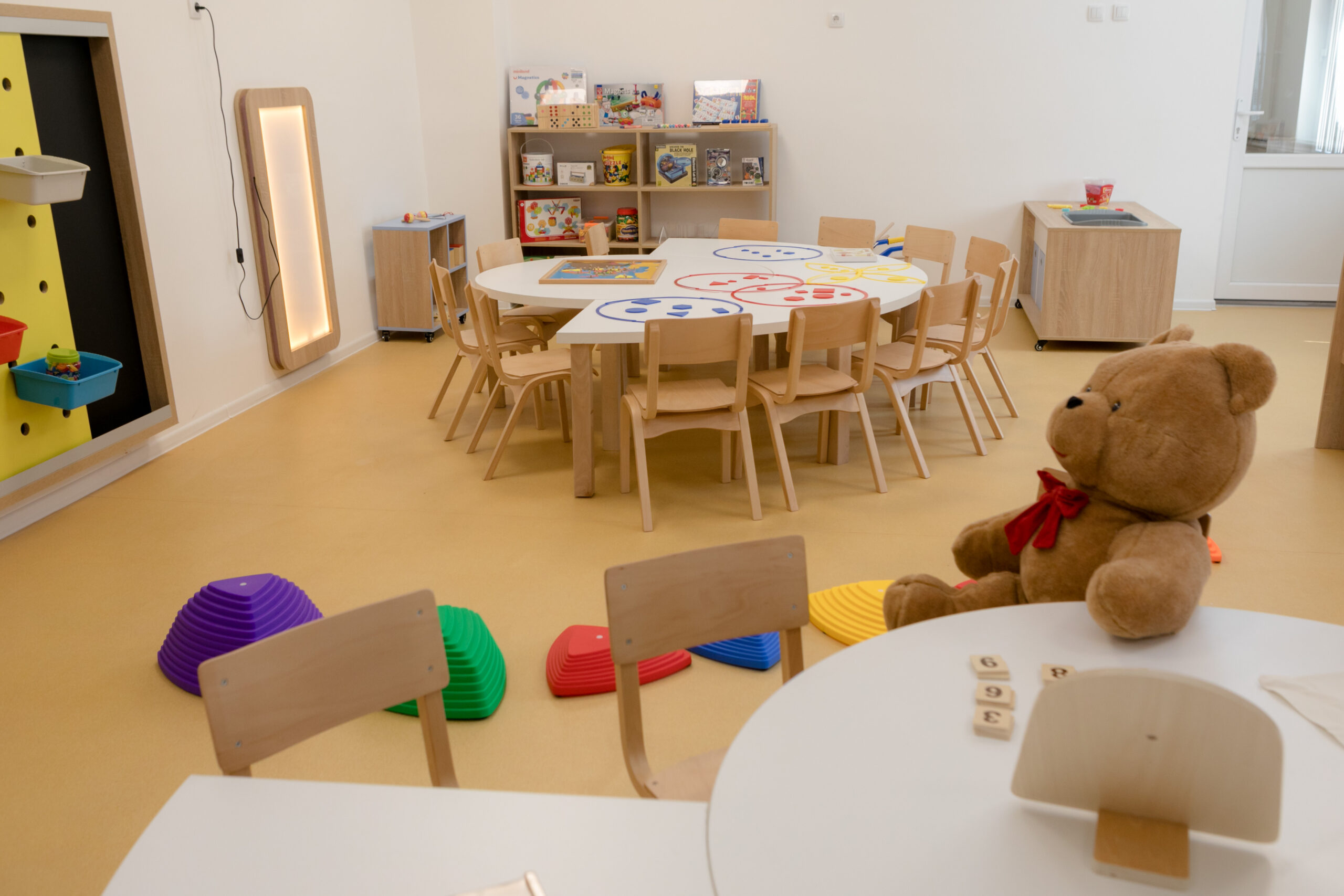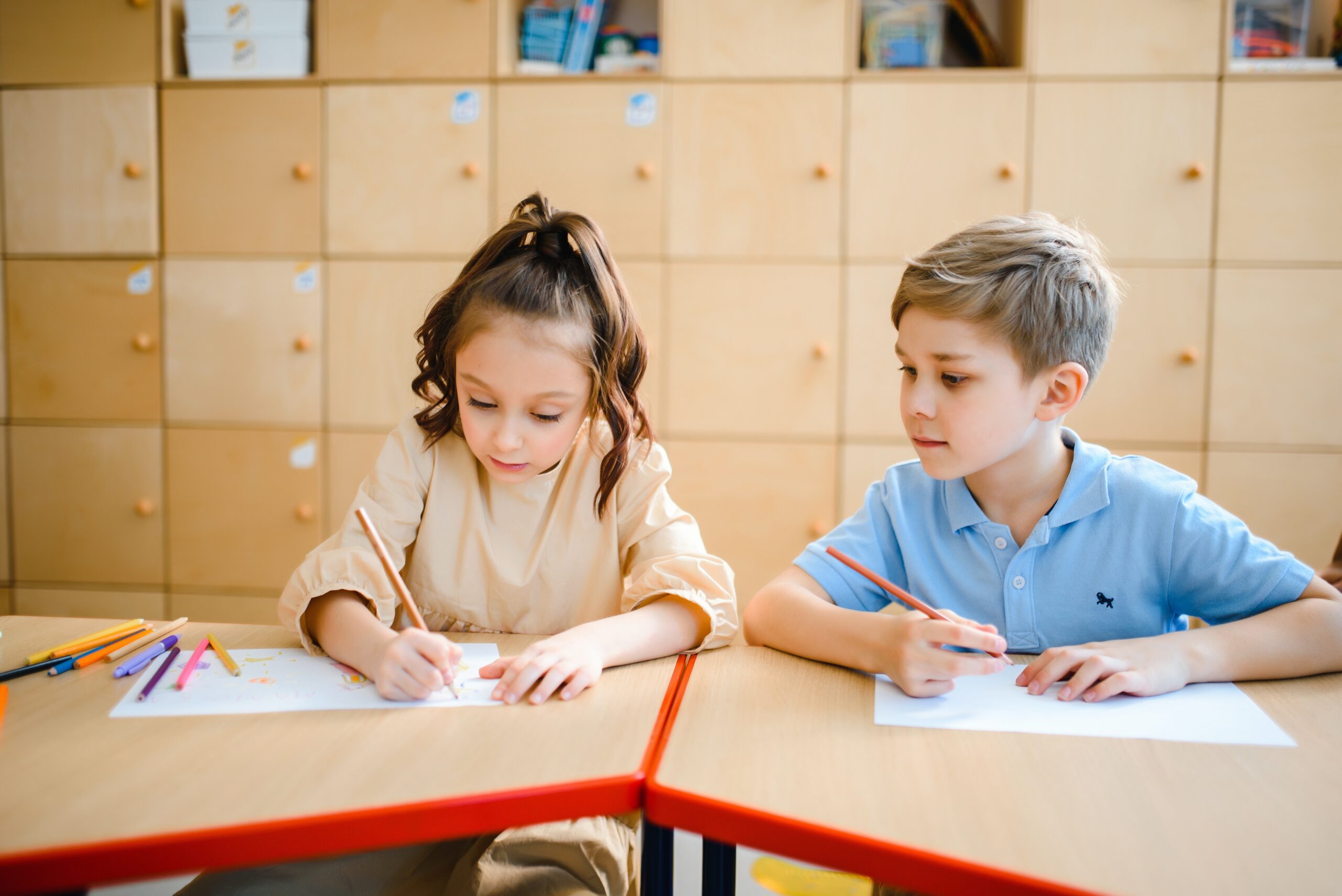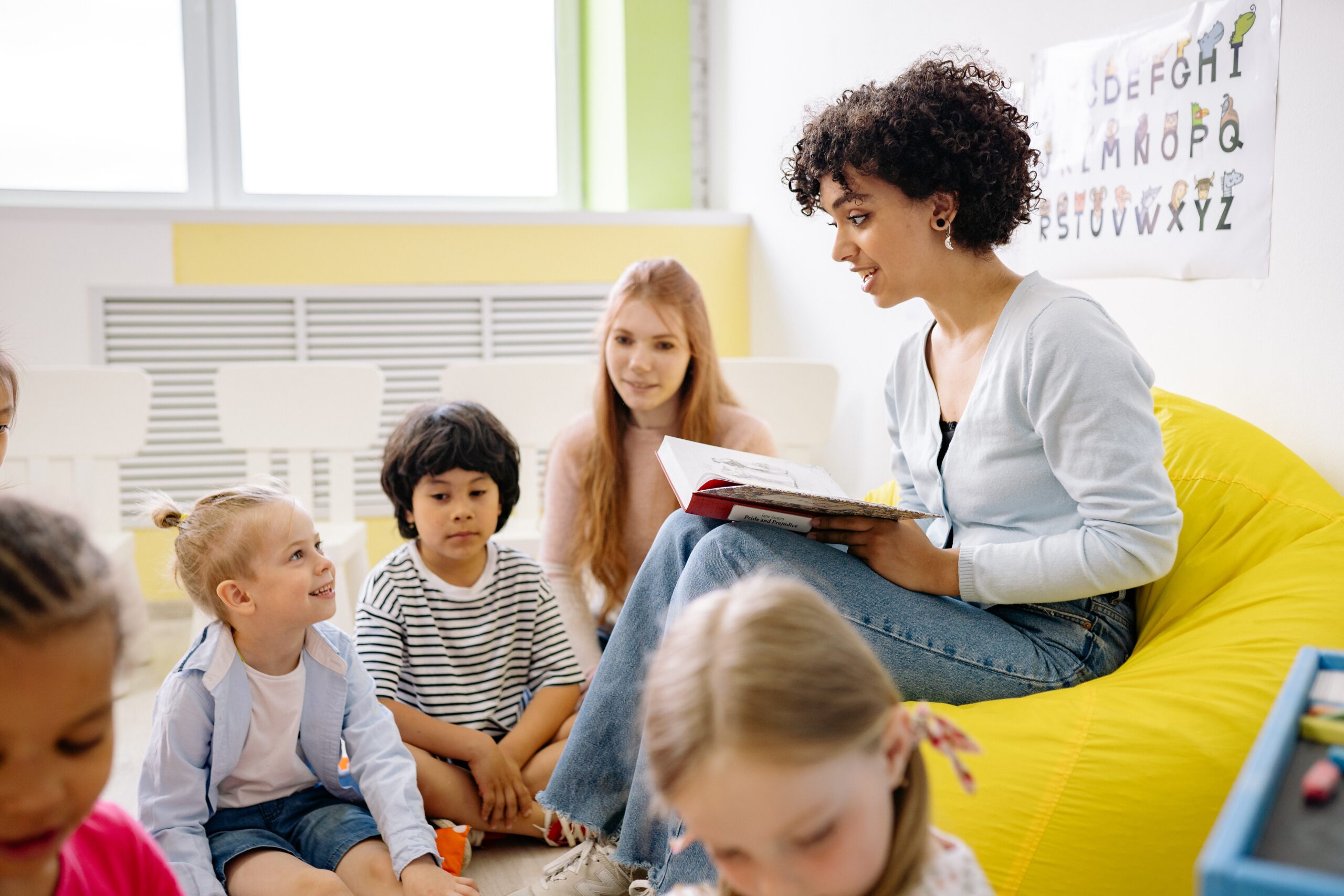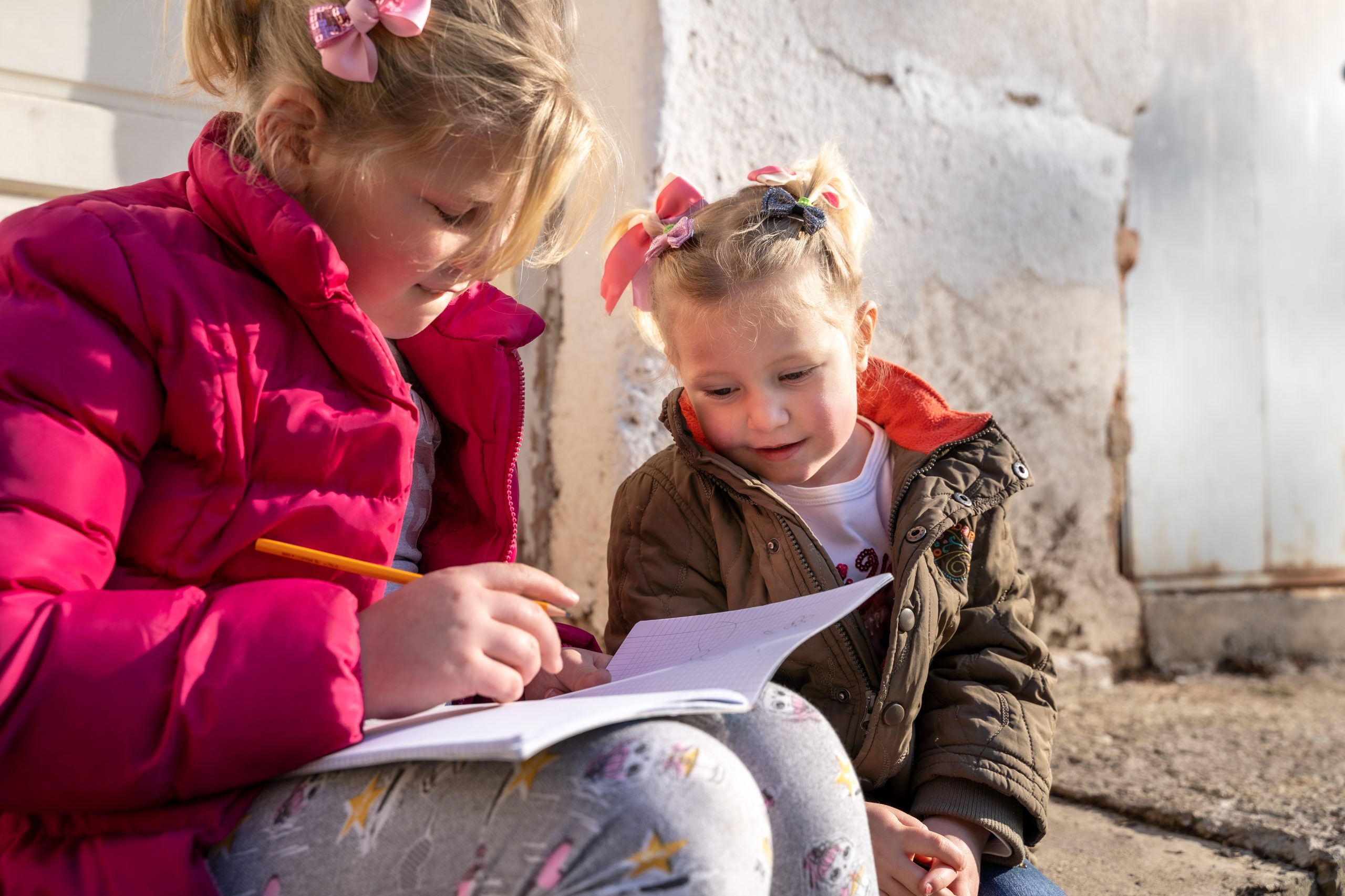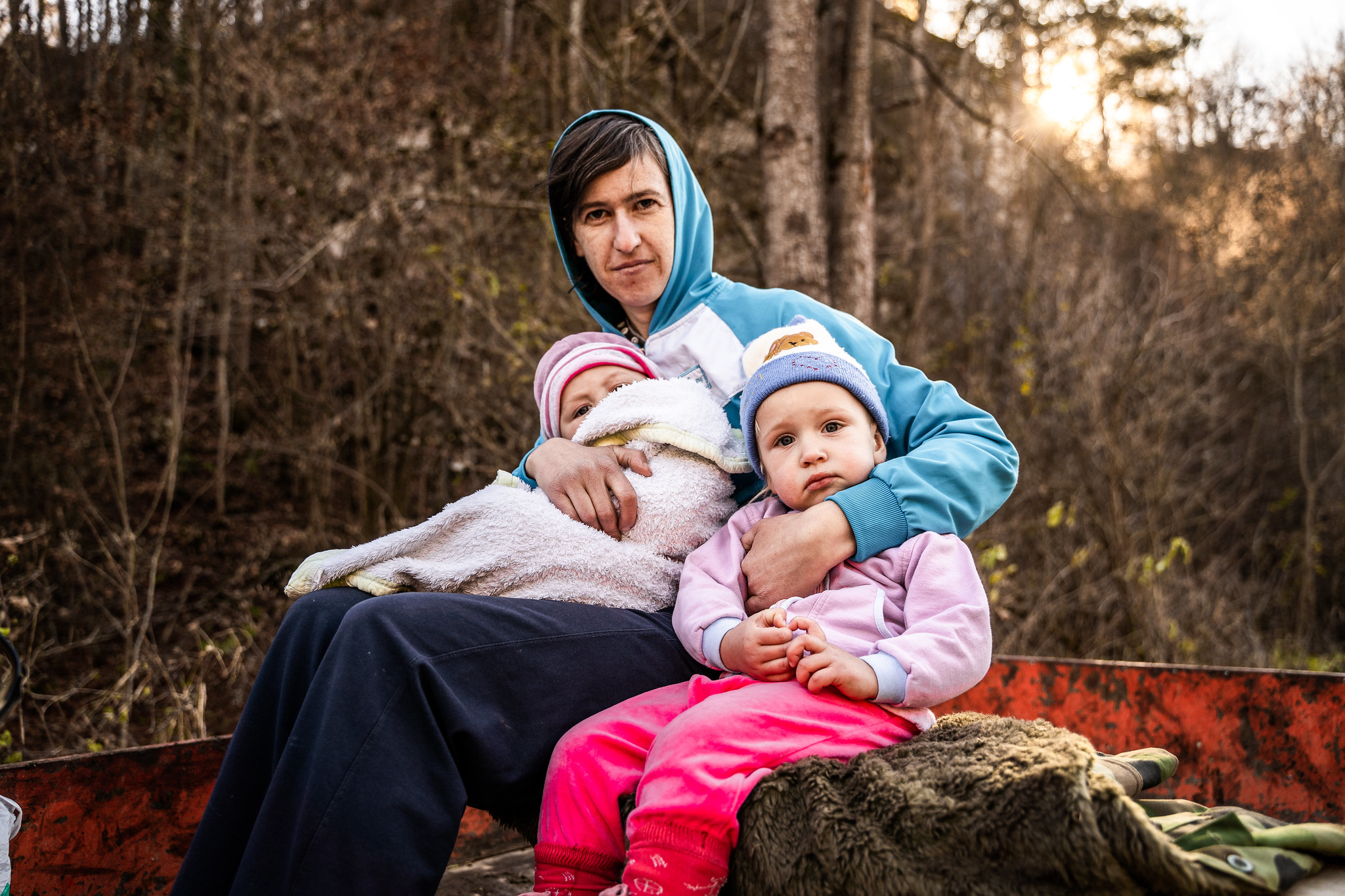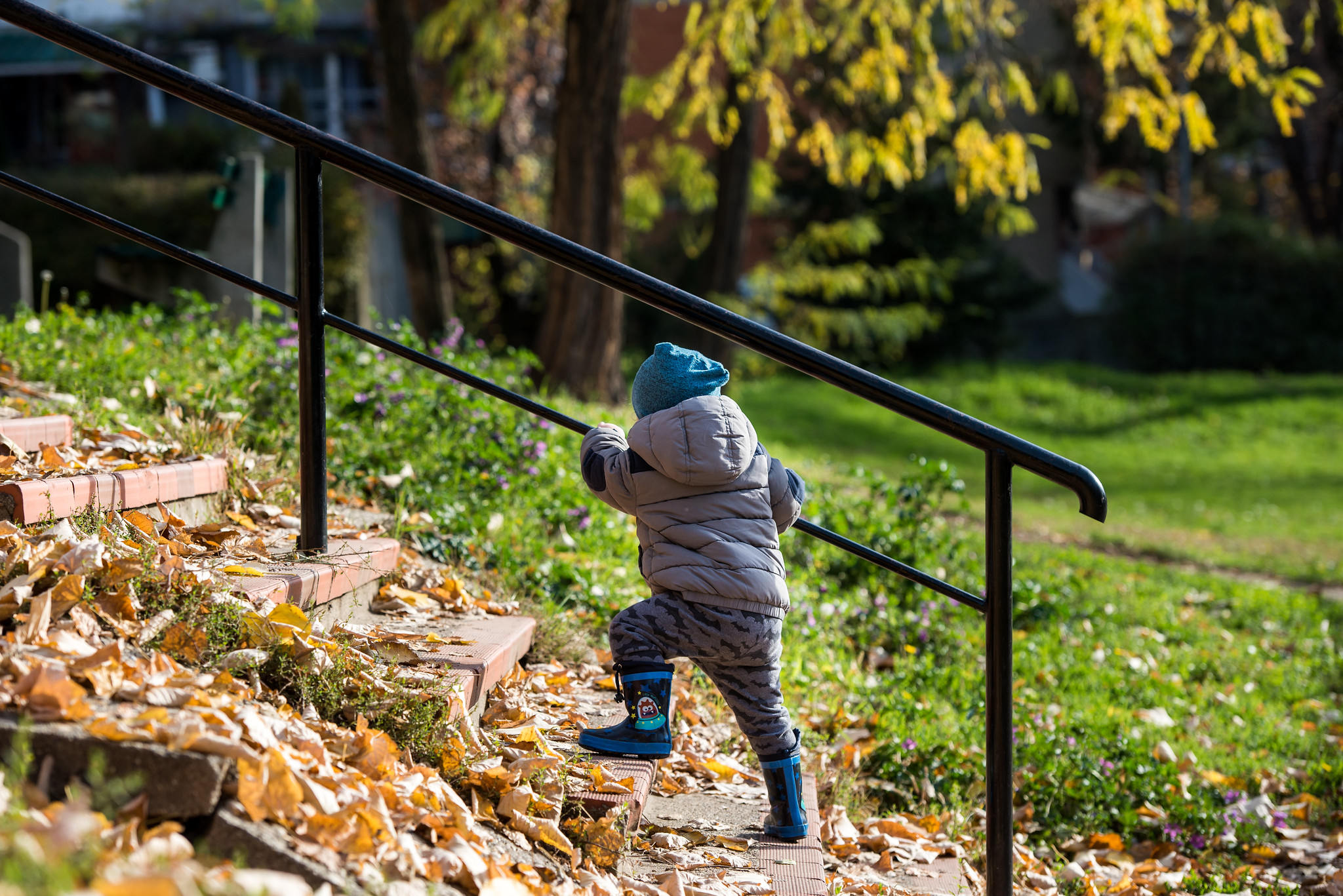How to deal with physical violence in schools?
When the school bell rang, children packed their things in a hurry and left the classroom. A group of ten pupils ran out of the school yard. They were very noisy when they came to the park near the school. They took off their backpacks and threw them on the ground. Soon after they saw a skinny boy with glasses who was passing by. The two bigger boys got in his way not letting him step any further. They started to slap him on the face, while the other boys cheered and called out. At the time the park was full of small children and their parents. When the fight started, those parents turned their heads away and continued to play with their children, as if nothing had happened. All this occurred a few months ago in the park where my brother and sister often used to play. However, my mom couldn’t just sit and watch all this, so she dispersed those kids from the park. A boy with glasses remained on the ground. He was very scared. How would you react if you were at that time in the park? Would you defend the boy or remain silent, turning your head away since he wasn’t your child? To what extent is physical violence present in schools, what are the consequences for the child exposed to violence and what can we do to solve this problem?
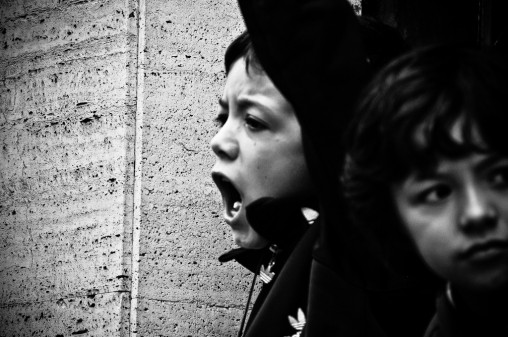
Rebel by Fede Racchi | CC
A research conducted by the Faculty of Philosophy in Belgrade, Serbia, has shown that physical violence is on the third place of such problematic school issues, after verbal and social violence. Despite the fact that both verbal and social violence are present in schools and that their consequences can be extremely serious, parents, teachers and other authorities often react only when physical violence occurs. For example, bullying: this type of violence includes situations when one or more pupils, physically or psychologically stronger, harass some of their peers. Such behaviour has not been previously provoked and there is also intention to harm another person with repeated negative actions. The most vulnerable are children from poor families, children with disabilities, Roma children and refugees. However, extremely gifted pupils can also be victims of physical violence. Unfortunately, there is a constant increase of physical violence in schools.
Thus we can read about the first grade pupils who steal lunches and money from classmates almost every day. Or about a girl who suffered insults and hair-pulling for four years due to her overweight. Eventually, she was forced to leave this school and enroll into another one… Moreover, there are more and more students nowadays who carry truncheons, knives and other weapons in their backpacks, which can cause serious injuries to their peers.
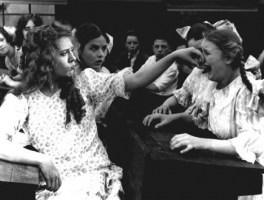 Seeking examples of physical violence in schools in the United States, I came across an article about Bully, the new documentary film that offers intimate, unflinching look at how bullying has touched five kids and their families. This film encouraged a group of people, who recognized the importance of the issue of violence among students, to launch The Bully Project. Their aim was to raise awareness about school bullying, as well as about the consequences that exposure to violence can have on children. Through the education of young people and teachers and various actions this movement is trying to reach as many children and help the victims and their families. The following link provides further information about the film and the movement: http://www.thebullyproject.com/about_the_bully_project. Find out more about the main characters of this documentary and their stories: http://www.thebullyproject.com/about_film
Seeking examples of physical violence in schools in the United States, I came across an article about Bully, the new documentary film that offers intimate, unflinching look at how bullying has touched five kids and their families. This film encouraged a group of people, who recognized the importance of the issue of violence among students, to launch The Bully Project. Their aim was to raise awareness about school bullying, as well as about the consequences that exposure to violence can have on children. Through the education of young people and teachers and various actions this movement is trying to reach as many children and help the victims and their families. The following link provides further information about the film and the movement: http://www.thebullyproject.com/about_the_bully_project. Find out more about the main characters of this documentary and their stories: http://www.thebullyproject.com/about_film
Exposure to this type of violence can have long-term consequences for the child, both physical and psychological. Children who are victims of violence are usually sad, with the lack of confidence, they are withdrawn into themselves, anxious and afraid, even depressed. It sounds strange that the violence occurs in schools which should provide safe environment and enable children to develop and reach their full potential. Children who are exposed to physical violence often refuse to attend classes. The fear of being in school environment leads to lower academic achievement, isolation from peers and feeling of loneliness. Some kids have psychosomatic symptoms as well such as insomnia, headaches, nausea, and sometimes poor appetite. The presence of these symptoms without established organic basis, together with a change of behaviour or habits can be a sign that a child is suffering, is exposed to stress and parents should consider the possibility that their child may be the victim of bullying at school.

Photo credit: Nicole Yeary / Foter / Creative Commons Attribution 2.0 Generic (CC BY 2.0)
When it comes to children who act violently, it is important to emphasize that such behaviour towards peers and bad relationship with teachers may continue until adulthood and then evolve into more serious forms, such as criminal behaviour and violence in different kind of relationships (with colleagues and friends, in emotional relationships, towards their children). There are several risk factors that can lead to violent behaviour. Some of them are unstable family environment, parental permissiveness, lack of continual supervision for kids, there are no limits, tolerance of aggressive behaviour or physical punishment of children… There is also the influence of the media. Every day children can see violent scenes on television and the Internet, or when playing war games. The more they watch violence, the less sensitive they become to its effects and lose their compassion. Thus, there is an increasing possibility to start behaving in that way.
What can we do? To look away when we witness a child using physical force and violence towards another one, or to react? It is extremely important that all of us – parents, family members, teachers, other school staff, and competent institutions act and prevent violence of any type at school. As role models, parents and teachers should raise children not to use physical force in order to win something they want. Furthermore, they should point out the consequences, both physical and psychological ones, that violent behaviour may cause. We should also try to develop empathy in children and help them step into someone else’s shoes and understand how that person feels as a victim of violence. We should also encourage respect, friendships and nonviolent communication. As for schools and institutions, it is important to establish clear rules of behaviour and introduce appropriate penalties if they are not respected.

